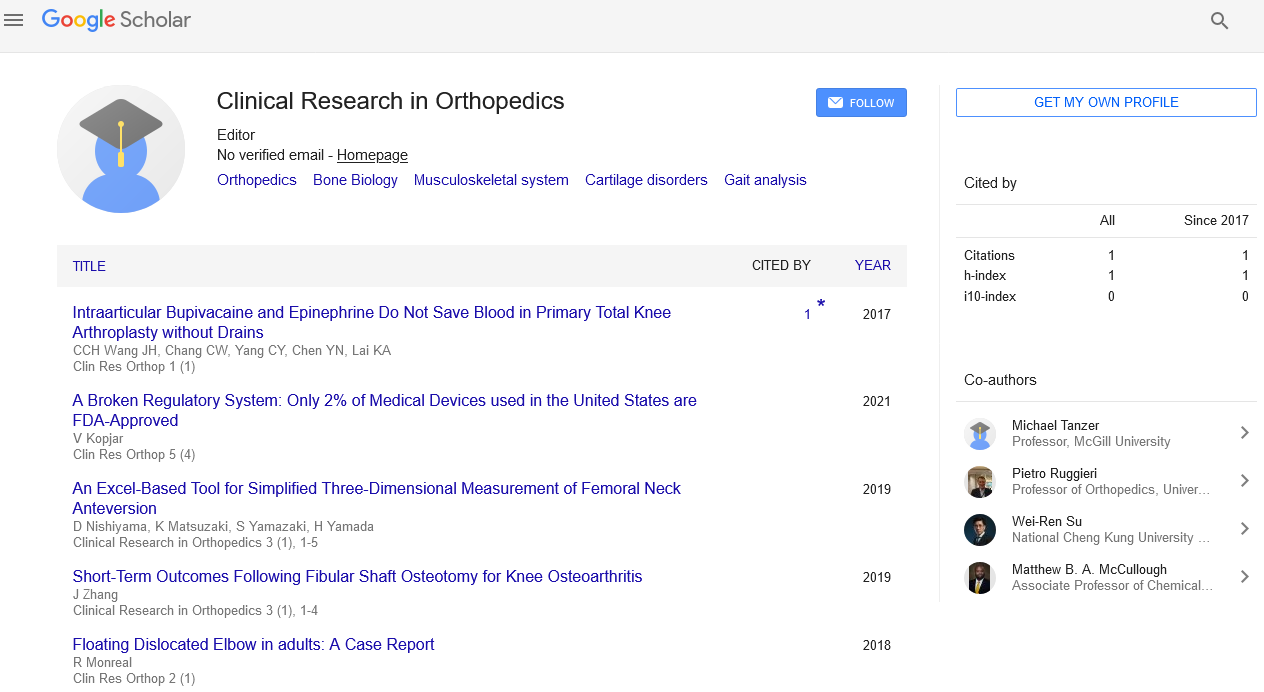Short Communication, Clin Res Orthop Vol: 5 Issue: 5
Health and Built Environment: Promoting Accessibility to the Persons with Disability
R Harihara Prakash
Sardar Patel University, India
Abstract
India is a country with different caste and religions. People have different views and opinion about their beliefs according to their religion. In addition, more than 70% of population lives in rural part of India where education level is very poor. Disability is considered as burden, useless and having nothing to contribute to the welfare of society. However, both government and non-government organizations have taken steps towards awareness of disability in India and condition of disabled people is getting improved slowly. The attitude of society towards persons with disabilities plays a major role in improving the condition of this special population. Since more than two percent of total population of India is disabled, it is important to know the attitude. Persons with disabilities face problems in day to day life, in education, job and rehabilitation services due to negative attitude of society which is to be corrected. The impact of awareness campaign done by Gos and NGOs changes the people’s mind set towards persons with disability and brings in inclusion in the society which is the primary need. The built environment includes all of the physical parts of where we live and work (e.g., homes, buildings, streets, open spaces, and infrastructure). Even for normal persons without any disability the built environment influences his or her level of physical activity. For example, inaccessible or nonexistent sidewalks and bicycle or walking paths contribute to sedentary habits. These habits lead to poor health outcomes such as obesity, cardiovascular disease, diabetes, and some types of cancer.
Introduction
India is a country with different caste and religions. People have different views and opinion about their beliefs according to their religion. In addition, more than 70% of population lives in rural part of India where education level is very poor. Disability is considered as burden, useless and having nothing to contribute to the welfare of society. However, both government and non-government organizations have taken steps towards awareness of disability in India and condition of disabled people is getting improved slowly. The attitude of society towards persons with disabilities plays a major role in improving the condition of this special population. Since more than two percent of total population of India is disabled, it is important to know the attitude. Persons with disabilities face problems in day to day life, in education, job and rehabilitation services due to negative attitude of society which is to be corrected. The impact of awareness campaign done by Gos and NGOs changes the people’s mind set towards persons with disability and brings in inclusion in the society which is the primary need. The built environment includes all of the physical parts of where we live and work (e.g., homes, buildings, streets, open spaces, and infrastructure). Even for normal persons without any disability the built environment influences his or her level of physical activity. For example, inaccessible or nonexistent sidewalks and bicycle or walking paths contribute to sedentary habits. These habits lead to poor health outcomes such as obesity, cardiovascular disease, diabetes, and some types of cancer.
 Spanish
Spanish  Chinese
Chinese  Russian
Russian  German
German  French
French  Japanese
Japanese  Portuguese
Portuguese  Hindi
Hindi 